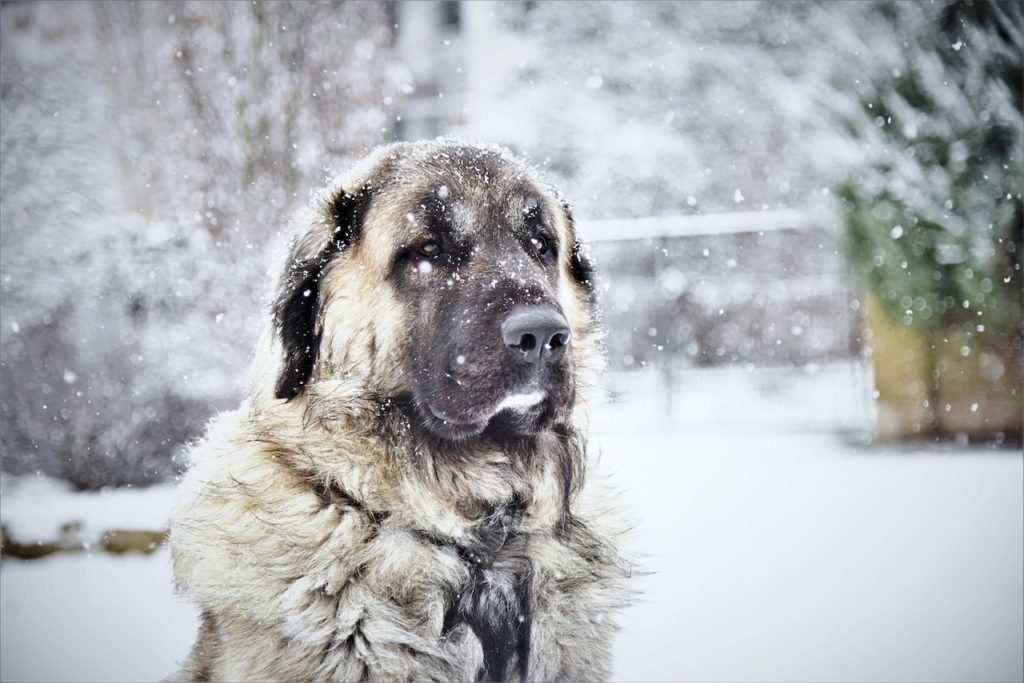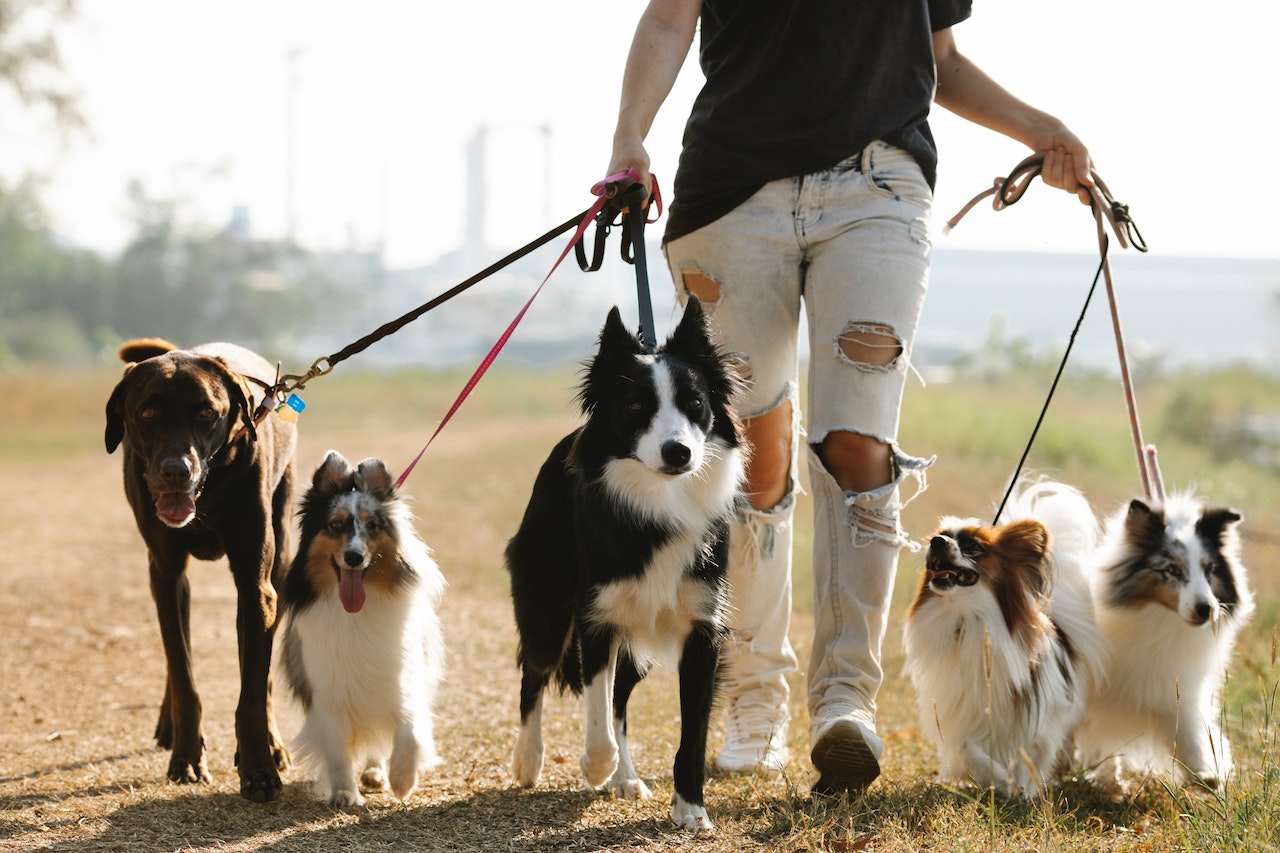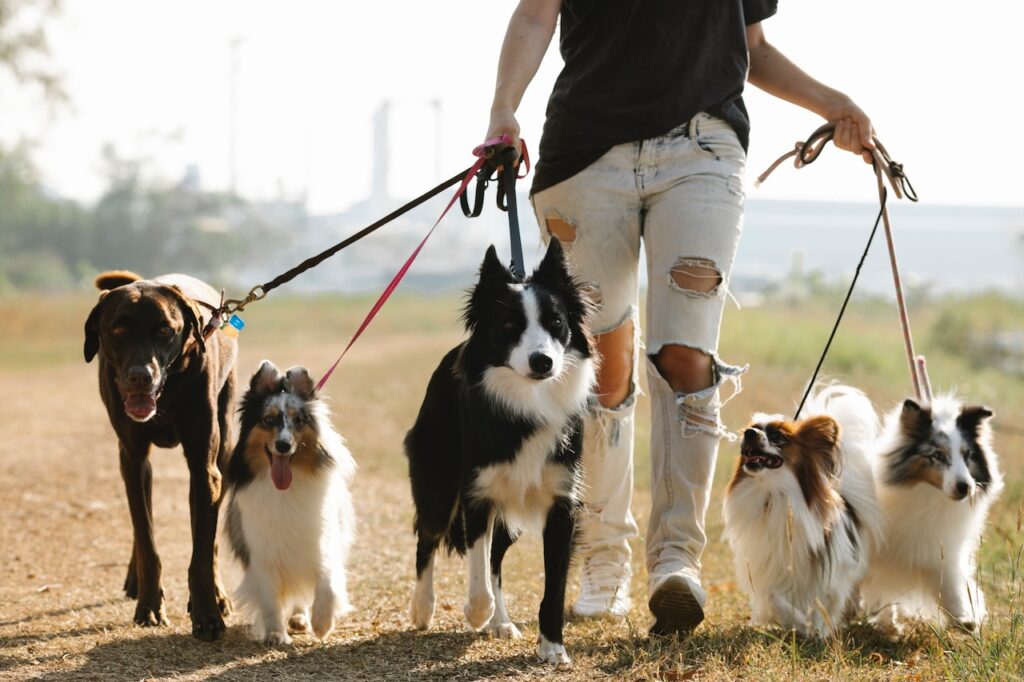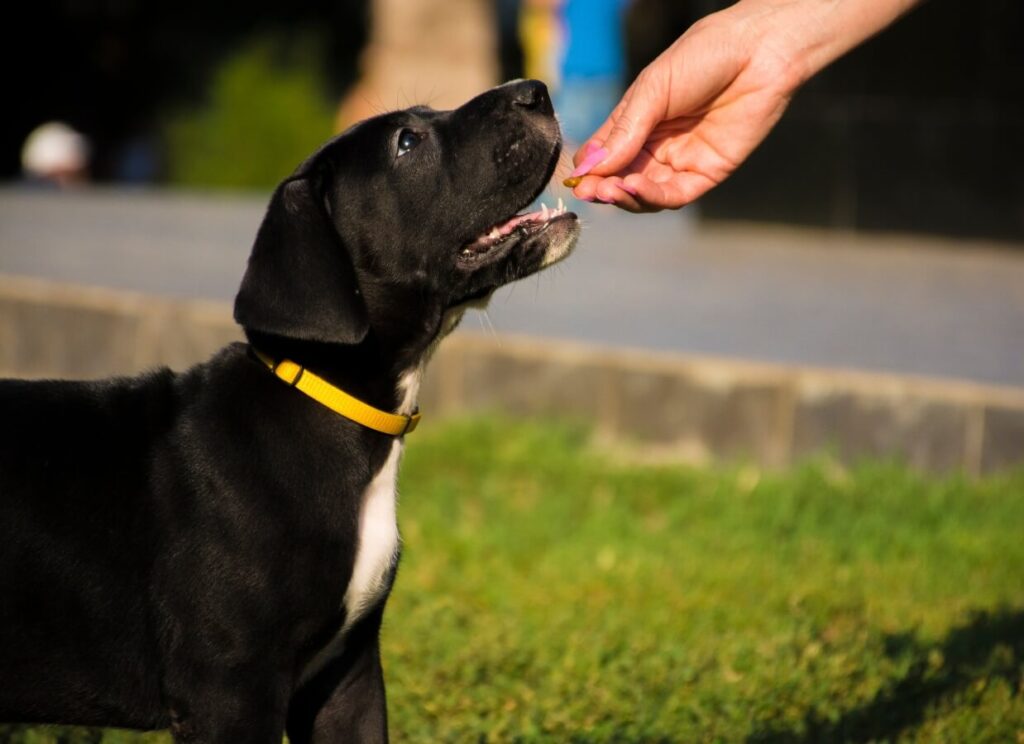Welcome to the third installment of my series uncovering the controversial and misleading aspects of the documentary “Pet Fooled.”
In this chapter, I’m going explore the intricacies of pet food recalls, veterinary diets, and the rise of holistic pet food elitism.
Join me as I dissect the narrative presented in “Pet Fooled,” aiming to separate fact from fiction and shed light on the complexities of pet nutrition.
In case you missed it, I’ve linked Part One and Part TWO below!
Note: This is a multi-part series! Additional articles in this series will be posted below.
Part One: “Biologically appropriate” feeding, bacteria & pathogens in raw food, and the influence of “big kibble” on veterinary schools (See Part One HERE)
Part Two: Pet food marketing, ingredients in pet food (including corn and by-products), manufacturing, AAFCO, and FDA regulations (See Part Two HERE)
Part Three: Pet food recalls, veterinary diets, and holistic pet food elitism (See Part Three HERE)
Pet Fooled Recalls
In Pet Fooled, the narrator digs into pet food recalls, in particular notable ones such as Pentobarbital (euthanasia drug) and Melamine, which I will cover in depth below.
The narrator recounts the poignant narratives of several pet owners deeply entangled in legal proceedings linked to these specific incidents.
While these issues in pet food are inexcusable, there have been many dangerous problems associated with raw pet food, too, including bacterial contamination, nutrient deficiencies, and high copper levels. 1
Pet Fooled advocates for raw feeding as a solution to what it perceives as shortcomings and safety problems related to commercial pet food. The documentary suggests that raw diets, which typically consist of uncooked meat, bones, and organs, mimic the natural diet of wild animals and offer superior nutrition for pets.
Consider Darwin’s raw food2 . This brand is promoted in the film as a safe food “free of pathogens”. Their use of a chemical called “PAA – Peroxyacetic Acid)” 3 is not approved for use in pet food, and the company is well-known for its blatant and public refusal to recall contaminated food.
I believe the overriding theme here is that pet parents should be concerned about recalls and food manufacturing processes. However, Pet Fooled significantly neglects to address the substantial contributions of raw and boutique pet food brands to this issue.
Here is a great video that covers the issues with Darwin’s Raw Pet Food in more detail:
The Melamine Pet Food Recall
The melamine pet food recall of 2007 stands as one of the most significant incidents in the history of pet food safety.
It originated when an ingredient manufacturer deliberately adulterated their products with melamine, a toxic chemical compound used in plastics and fertilizers. Melamine had been added to wheat gluten and rice protein concentrate to artificially inflate the protein content, making the products appear more nutritious.
This ingredient was sold by the supplier for use in both human and pet foods. In other words, it was “human grade”.
Tragically, this adulteration led to widespread contamination of pet food, affecting over 150 brands and resulting in the illness and death of many pets across the United States.
The contamination was eventually traced back to suppliers in China, sparking a massive recall of pet food products by the FDA. 4
The melamine pet food recall served as a wake-up call for the pet food industry, highlighting the importance of robust quality control measures, transparency in the supply chain, and regulatory oversight to ensure the safety and integrity of pet food products.
Adulterants like melamine and pentobarbital should never be present in pet food. Because of this, pet food companies, unfortunately, may not have been previously aware of the need to test for these particular substances. There are thousands of potential contaminants that might affect any kind of food on the market, including fresh and raw.
Pet Fooled portrays the melamine recall as evidence that commercial kibble pet food is inherently unsafe, while blatantly overlooking the crucial role that the recall ultimately played in enhancing the safety of pet food products.
The melamine pet food recall happened 18 years ago at this point, and many changes have been made since that time. Many (though not all) pet food companies have overhauled their sourcing and ingredient testing protocols, and that’s a positive move in the right direction.

Pentobarbital Euthanasia Drug in Pet Food Recall
The pentobarbital recall 5 refers to a series of incidents where, before the melamine recall, traces of pentobarbital, a euthanasia drug, were found in certain pet food products.
This contamination, like the melamine one, had originated from a single supplier whose ingredients contaminated multiple brands of food manufactured by Smuckers and Evangers. Champion Pet Foods (the maker of Orijen/Acana) had also used the tainted ingredient, however, they chose not to recall it.
Pentobarbital is sometimes used to euthanize animals, and its presence in pet food products raised questions about how it could have entered the supply chain. I covered this topic in depth, in an article titled “Are There Euthanized Animals in Pet Food”.6
The FDA maintains a zero-tolerance policy for pentobarbital in pet food and contrary to what is implied in Pet Fooled, this is not an ongoing or concerning problem.
Milo’s Chicken Jerky and Pet Fooled
Pet Fooled also talks about the social frenzy surrounding Milo’s Chicken Jerky treats, which lasted nearly 6 years.
The convergence of social media proliferation and heightened concerns about manufacturing processes and ingredient sourcing have created an ideal environment for pet owners to attribute illnesses to pet food and treats.
We saw this play out again in 2023-2024 with the “Purina Panic”7, a now-debunked social media phenomenon that led to thousands of people blaming Purina and other kibble brands for their pets veterinary problems and deaths.
A family highlighted in Pet Fooled attributed the death of their pet to Milo’s Chicken Jerky.
However, their pet’s demise was actually due to a common condition known as “bloat” or “GDV” (gastric dilatation-volvulus), which affects large and giant breed dogs. This condition, often genetic, involves the dog’s stomach flipping, and the consumption of chicken jerky would have been unrelated to its occurrence in their pet.
The FDA looked into the reports and complaints and found nothing wrong with Milo’s treats until 2013 when trace amounts of antibiotics were found. They were recalled again in 2018 for elevated levels of beef thyroid hormone.
Neither of these contaminants would be associated with deaths or severe illness, and while both of those are inexcusable from a manufacturing standpoint, stories of widespread harm remain unproven.

Social Media & Its Role in Creating Panic
In the aftermath of the Melamine recall, single instances of pet illness have repeatedly triggered widespread social media frenzies or specific brands and ingredients.
This happens with human food, too. Just look at how anecdotal reports and unfounded public fears of MSG in food from Asian restaurants fueled both misinformation and racism.
These social media frenzies often lead to rapid dissemination of information, with pet owners sharing anecdotes and experiences, often without full context or verification.
Influencers jump in and leverage the panic to promote treatments, supplements, and alternatives.
While it’s essential for pet owners to stay informed and advocate for their pets’ health, the proliferation of unverified information can also fuel unnecessary panic and misinformation.
In many cases, a single story of illness can quickly snowball into widespread fear and distrust of specific pet food brands or ingredients.
However, it’s important to approach such incidents critically and seek out reliable sources and evidence-based information before drawing conclusions or making decisions about pet nutrition.
Pet Food Manufacturers Sourcing & Quality Control
For pet owners rightfully concerned about the sourcing practices of pet food companies, the most effective approach is to inquire directly. Regrettably, misinformation often circulates implying that certain brands source all of their ingredients from low-quality suppliers or China.
However, without thoroughly investigating each company’s actual practices, it’s challenging to ascertain the validity of such claims.
As part of my ongoing commitment to finding the truth about pet food, I found this incredible document from Nestle Purina8, which outlines their responsible sourcing standard in depth. This document is a great example of what you want to see from a pet food company.
As mentioned in part two, a demand for transparency is important. This demand must hold small boutique and raw pet food companies to the same standard.
Here are some things pet parents can do:
- Ask the brand how many quality checks are performed each day, across all stages of production.
- Verify that the brand is keeping batch samples and lab testing the food often for nutrient levels and contamination.
- Look into the company recall history, and determine if the recalls were a sign of due diligence and a commitment to pet safety, or if they signal a bigger problem with quality control.
- Verify that the brand has multiple highly qualified food safety, nutrition research, veterinarians, and board-certified nutritionists on staff who stand behind the food because they put their hard-earned education, sweat, and tears into it.
Dr. Em is a practicing veterinarian who posts science-backed information about pet health, including nutrition. This video on choosing pet food should provide valuable insight, and balance the often controversial and misleading content promoted by “Pet Fooled”.
Veterinary Prescription Diets
In “Pet Fooled,” veterinary prescription diets are subjected to scrutiny, with the documentary casting doubt on their formulation, marketing, and suitability for pets’ health needs.
However, it’s essential to recognize that veterinary prescription diets are meticulously formulated to address specific health conditions in pets, such as kidney disease, urinary tract issues, and food allergies.
These diets undergo rigorous testing and adhere to strict nutritional standards to ensure their efficacy and safety under veterinary supervision.
While “Pet Fooled” may question the ingredients used in these diets, it’s important to understand that ingredients such as hydrolyzed proteins, novel proteins, and therapeutic additives serve specific therapeutic purposes and are recommended by veterinary professionals based on scientific evidence.
Therefore, while the documentary may raise concerns about veterinary therapeutic diets, these concerns are only based on emotional reactions to the perceived “issues” with certain ingredients.
Pet owners must consult with their veterinarians to determine the most appropriate diet for their pets’ individual health needs.
Dr. Em hits it out of the park once again, with this phenomenal video debunking many common myths about veterinary prescription foods.
Holistic Pet Food Elitism & Final Thoughts
Holistic pet food elitism, as portrayed in various discussions and documentaries like “Pet Fooled,” revolves around the belief that select “premium” and minimally processed pet foods labeled as “holistic” or “natural” surpass conventional commercial pet diets.
The implication is that opting for anything other than raw, homemade diets, or certain premium kibbles may be seen as providing lesser care for your pet.
Echoing this sentiment, Dr. Becker asserts that feeding anything else amounts to “nutritional abuse.”
However, “holistic” and “higher quality” foods often come with a hefty price tag, placing them beyond the means of many devoted pet parents. Worse, many of these “better” or more “holistic natural” diets are unbalanced, may cause nutritional heart disease, can be subjected to recalls, and may contain pathogens and bacteria.
Science, and history, prove this.
“Higher quality” foods are not immune to any of the problems implicated by the film. They aren’t a magic solution, nor is there any proof that they are inherently and always better.
My point is to say that shaming pet parents for choosing the food they can afford to feed their pets is never ok.
Unfortunately, Pet Fooled staked a claim on that belief and used their platform to shame millions of pet parents into feeding their pets potentially unbalanced and often unaffordable diets.
There are many affordable, high-quality options out there and at Hello Danes, we will never, ever shame somebody for choosing a science-backed, well-studied food like Dog Chow.
While “Pet Fooled” raised valid concerns about pet food safety and manufacturing practices, it opted to sensationalize information, fostering an elitist mindset surrounding pet food selection.
Instead of promoting an informed and balanced discussion, “Pet Fooled” contributed to the polarization of perspectives on pet nutrition, hindering productive and science-backed dialogue on this important topic.
It is for that reason that Pet Fooled gets a resounding thumbs down from me.
Footnotes
- Copper in Pet Food and Liver Damage ↩︎
- Darwin’s Raw Food FDA Warning Letter ↩︎
- Peroxyacetic Acid, not generally recognized as safe, used to treat Darwin’s Raw Pet Food ↩︎
- Melamine Recall of 2007 FDA FAQ ↩︎
- Pet Food Recalled After Traces of Euthanasia Drug Found ↩︎
- Are there Euthanized Animals in Pet Food? ↩︎
- Is Purina Harming Pets? ↩︎
- Nestle Purina Responsible Sourcing Standard ↩︎






